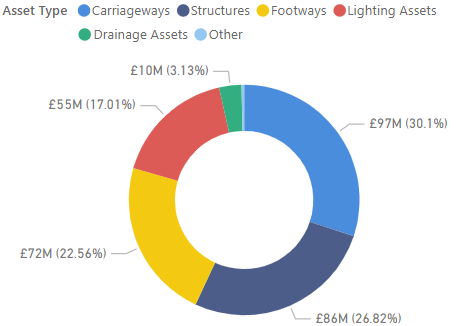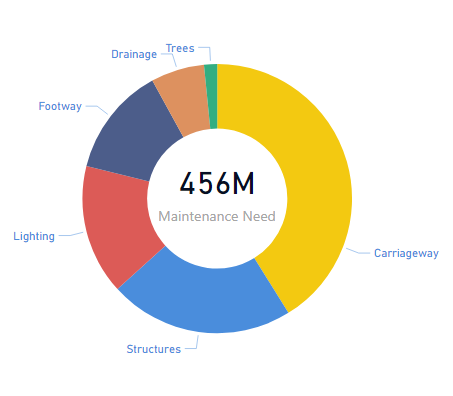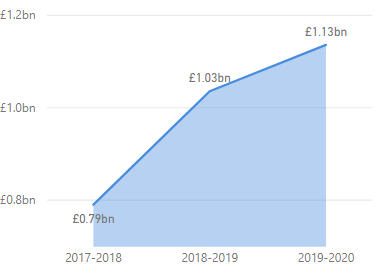
State of the City
Highways are the arteries of London, supporting a thriving environment of economic activity and millions of journeys every day. They support healthy travel choices and social activity and are vital to London’s status as a competitive city. London’s infrastructure has been experiencing accelerating deterioration over the years; funding constraints and scarce resources are imposing additional challenges on authorities that are expected to identify the ‘least-cost route’ from planning to maintenance delivery.
London’s first State of the City report was released in June 2017. The work is supported by LoTAG and all London Highways Authorities and is grounded upon information collected on an annual basis from all participating Highways teams. The analysis provides a snapshot in time of key information on: inventory, condition, funding and asset management maturity for asset custodians in the Capital. It also establishes a consistent methodology in developing the tools and metrics and a common language in building up and supporting the case for additional funding where that is required. Each annual report presents three main key figures: Annual Spending, Annual Need and Maintenance Backlog and covers all major Highways Asset Groups (carriageways, footways, structures, drainage, street lights) with more groups being introduced gradually (cycleways and traffic management systems).
Using asset information gathered through the reporting process, we were able to calculate London’s maintenance backlog across the highway assets in 2017 at £729m, and the annual funding needed to sustain the asset in a steady state at £422m. The figures showcased the true extent of infrastructure deterioration and baselined spending profiles against anticipated levels of service across the various asset types and groups in the Capital. In the 2020 analysis, which expands on the work delivered by Atkins and LoTAG in 2019, the annual backlog was estimated to surpass the £1bn mark for the second consecutive time. As annual funding levels typically fall short of the estimated annual maintenance need, London Authorities are experiencing a steady decline in levels of service and overall portfolio performance and a subsequent increase in maintenance backlog.

Maintenance Expenditure
The Maintenance Expenditure across London Authorities, covers all costs for maintaining London’s Highways Infrastructure and represents both Capital and Revenue investment.
London Authorities have seen their historic spending dropping in recent years (as a result of funding constraints) and the latest reported figure across the infrastructure portfolio sums up to approximately £321m. This figure is found to have further declined from the 2019 submission (reported at £340m).
Carriageways and Structures have received the majority of the total investment for a second consecutive year.
Annual Need
London Authorities have developed the rationale to support the estimation of annual maintenance needs revolving around predefined levels of service (a function of assets in a State of Good Repair) for each major Asset group.
This figure collates investment requirements across all major Highways asset groups, capturing in essence the minimum funds London should be diverting to road maintenance to avoid increasing deterioration and reduced levels of service.
The estimated figure in 2020 is approximately £456m, a total that exceeds for a second consecutive time the estimated in year maintenance expenditure.


Maintenance Backlog
The gap between maintenance Expenditure and maintenance Need leads to a gradual decrease in network condition and subsequently the accumulation of a maintenance Backlog.
The historic funding scarcity has resulted in an ever-increasing reported Backlog across London Authorities. In 2019 this was estimated to surpass the £1bn mark for the first time, increasing by approximately £300m over a period of 4 years. In 2020, the estimated backlog is estimated to have further increased by approximately £90m bringing the overall sum to c. £1.13bn.
With continuing funding shortfalls, this number is expected to keep growing in following years. This is anticipated to cause additional service deterioration, affect road user safety and reduce overall network satisfaction.